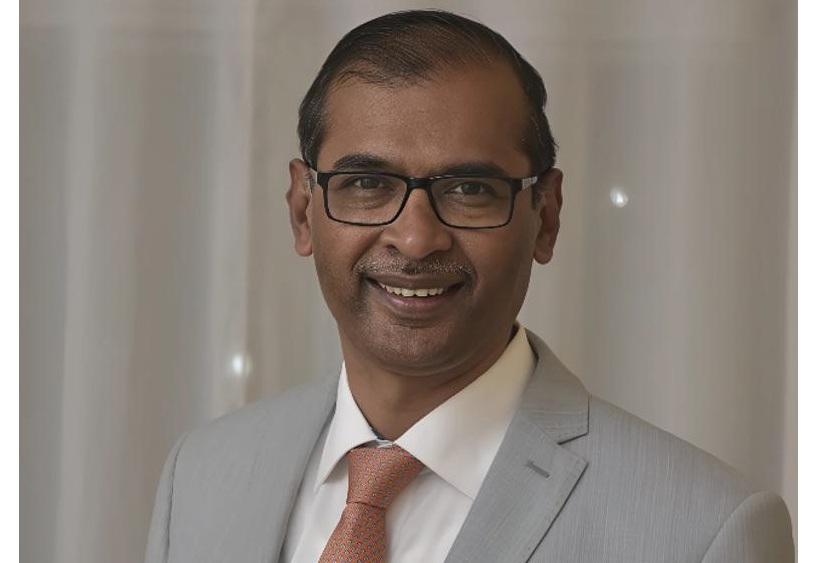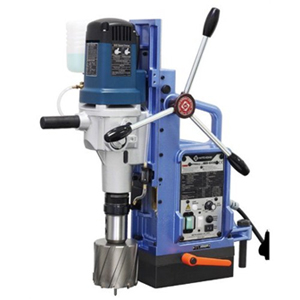Schedule a Call Back
APAC Steering Global Growth Amid Trade Turbulence
 Industry News
Industry News- Sep 17,25

Related Stories

Make in India in shifting world: Manufacturing for resilience, global leadership
India stands at a defining moment where disruption in global trade, technology, and supply chains offers both risks and opportunities for manufacturing-led growth. Rohit Chandra, Co-Founder & CEO, O..
Read more
India’s specialty chemicals sector gears up for global transition
India’s specialty chemicals industry is transitioning from a fragmented, domestic-focused market to a global hub, supported by policy reforms, R&D investment, and rising export opportunities. Dr A..
Read more
Five Reasons Why Manufacturing Careers Stand Out
Manufacturing is emerging as a dynamic career choice, offering innovation, stability, global opportunities, and purpose-driven work across diverse disciplines. Mukesh Vasani, Founder and Chairman, A..
Read more















